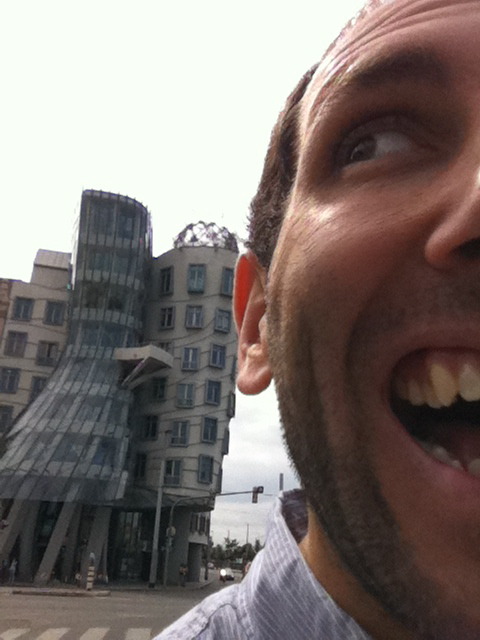I just wrote a witness statement for something that happened tonight, and remembering in the mists of time on other forums (eg IWKFAM) some people sharing this kind of stuff for general usage, thought I’d post it on to people. I probably don’t want this shared but if there is anything usable in it for any reason do ask. Also, I’m interested in any advice from people on other things that could be done in that situation to minimise risk and harm. I’m fairly happy with how I handled it, but it’s always good to be better equipped.
“I’m walking on left hand side of the road. Nearing the estate I hear a female voice saying ‘get the fuck out of my car’.
I glance over and get the sense of a door opening – I think the back door facing me (car in drive facing towards road X, making that the back right). I look away and back and this time the woman is out the car grappling with the man, who pushes her to the floor with him on top and begins punching her around the head area (possibly landing to the shoulders/neck, but certainly focusing on that upper area).
I begin running over and scream get off of her several times, passing the car (I think on its left flank, eg passing to the right) to be behind him. I continue screaming and engage by wrapping my arms around his upper body and restricting his movement. I am looking around and there are two men on the far side of the street (where I began) who I try to alert with helps, and another man on the near side whose attention is gained more quickly and begins to approach, but slowly.
They separate a little, and he spins around and I back well away, hands placatory and saying sorry, sorry, and he turns back to her and begins engaging again at which point I take the same position. I am struck several times – possibly some the first round – certainly from her kicks, directed in our general direction. I am unsure whether he strikes me substantially. He is wheeling his hands against me and my head is struck at one point.
The individual man has gotten within reaching distance but is not engaging, and the two men are finally approaching, although with no obvious desire to get close. Eventually the two separate, and he is focused on me again. He shouts something and seems to change target so I scream I’m sorry, I’m sorry, I just don’t want anyone to be hurt, over and over. He seems unsure and meanwhile she enterst the car and closes the door and it begins to move. he approaches the door but she is on her way now, so he turns back again [from this point my sense is the car leaves the scene entirely but I can’t be sure, as my focus is on the threat] and shouts ‘who grabbed me?’ at which point all the bystanders back off. My route out is cut off by his position, so I take a few steps and then vault the low fence and run down [my] road at full speed until my lungs hurt too much, and see that I am not pursued. I keep moving, walking the running, until I reach home. “
The take-aways for me were to alternate between action when it was needed – when he was trying to harm her – and extreme submission cues to reduce the risk of escalating the situation and bringing harm to myself. It seemed to work ok. It helped though that he was pretty off his face.
Shins are sore but my lungs have calmed down, and a few hours have passed and no shock symptoms. I pretty much ran on adrenaline throughout, which was handy. I’m running a bath now!

